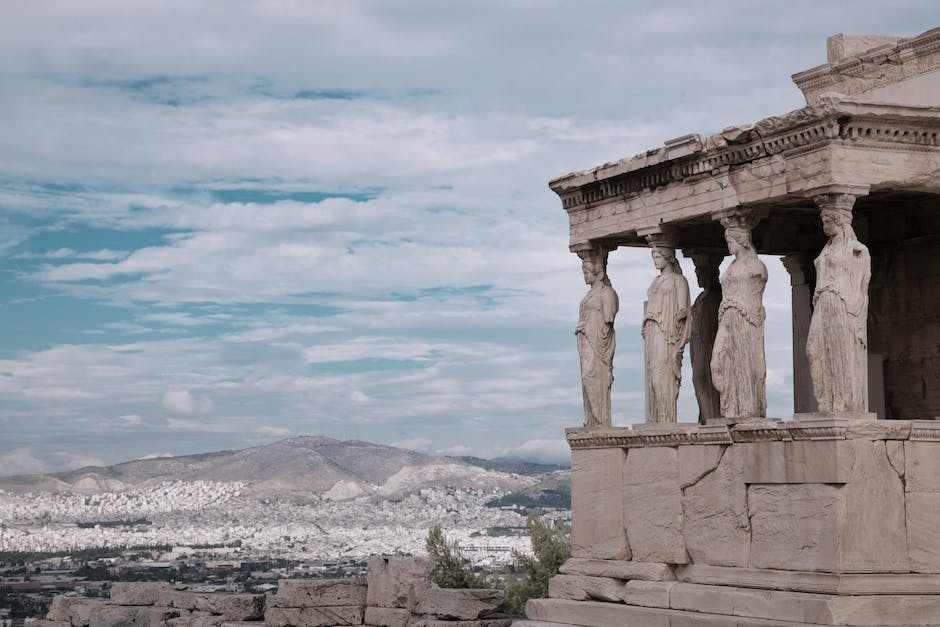The Acropolis of Athens: A Historic Marvel to Explore
As a travel writer, I have been fortunate enough to visit some of the most breathtaking and culturally significant places in the world. However, none have left quite as lasting an impression on me as the Acropolis of Athens. This ancient citadel, perched atop a rocky outcrop overlooking the city, is a marvel of human ingenuity and a must-see for any traveler.
The History Behind the Acropolis
Before I dive into my personal experience of exploring the Acropolis, let me give you a brief history lesson. The Acropolis, which literally means “high city” in Greek, has been inhabited since prehistoric times. However, it wasn’t until the 5th century BCE that the iconic structures we know today were built, including the Parthenon, the Propylaea, and the Erechtheion.
These structures were built as a symbol of the city’s power and wealth and were dedicated to the goddess Athena, the patron deity of Athens. Over the centuries, the Acropolis has survived numerous invasions and wars, as well as natural disasters, making it a true historic marvel.
My Experience Exploring the Acropolis
As I made my way up the winding path to the top of the Acropolis, I couldn’t help but feel a sense of awe and wonder. The sheer size and grandeur of the structures were even more impressive in person than in any photo I had seen.
I first came face to face with the Parthenon, the most iconic and well-preserved building on the Acropolis. Its massive columns and intricate sculptures were a testament to the skill and craftsmanship of the ancient Greeks. As I walked around the structure, I couldn’t help but imagine what it must have been like to live in Athens during its heyday.
Next, I made my way to the Propylaea, the monumental entrance to the Acropolis. Its towering columns and intricate carvings were a sight to behold. I took my time exploring every nook and cranny, admiring the attention to detail and imagining the thousands of people who had passed through these gates throughout history.
The final stop on my Acropolis tour was the Erechtheion, a temple dedicated to both Athena and Poseidon. It is most famous for its porch of the Caryatids, six female figures serving as columns, each with their own unique pose and expression. I couldn’t help but feel a sense of reverence as I stood in front of these ancient figures, marveling at their beauty and significance.
Tips for Visiting the Acropolis
If you’re planning a visit to the Acropolis, here are a few tips to make the most of your experience:
– Buy your tickets in advance: The Acropolis is a popular tourist destination, so it’s best to purchase your tickets online in advance to avoid long lines.
– Wear comfortable shoes: The path to the top of the Acropolis is steep and uneven, so be sure to wear comfortable shoes to make the climb easier.
– Bring water and sunscreen: Especially during the summer months, the Greek sun can be intense. Be sure to stay hydrated and protect yourself from the sun while exploring the Acropolis.
– Take a guided tour: While exploring on your own can be a fun adventure, I highly recommend taking a guided tour of the Acropolis. A knowledgeable guide can provide valuable insights and information about the history and significance of each structure.
Final Thoughts
As I descended from the Acropolis, I couldn’t help but feel grateful for the opportunity to experience such a significant piece of history. The Acropolis is not just a collection of ancient structures, but a symbol of the enduring human spirit and our ability to create and preserve wonders for generations to come.
If you ever find yourself in Athens, do not miss the chance to explore the Acropolis. It is a truly unforgettable experience that will leave you in awe of the ingenuity and creativity of our ancestors.




